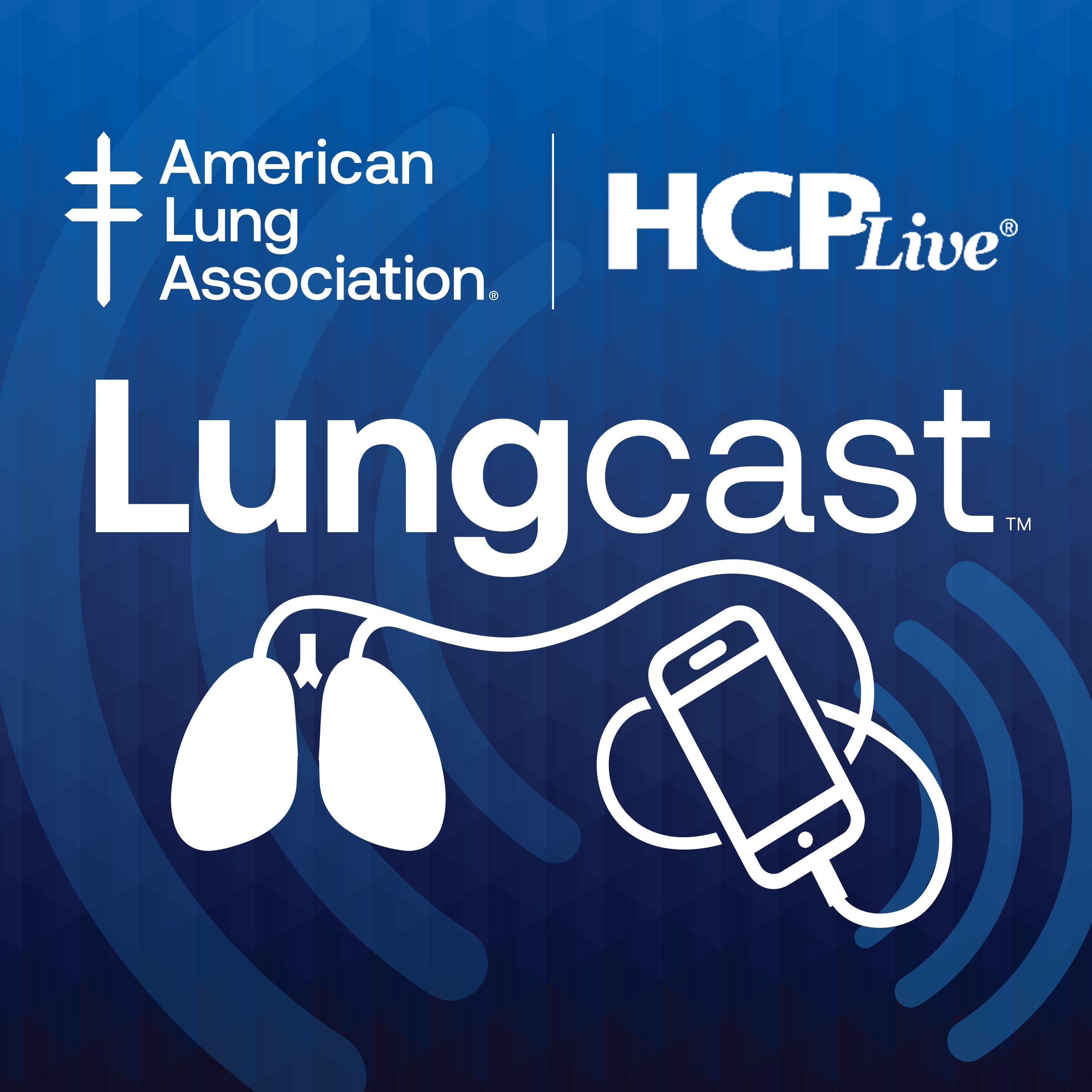Video
Gene Therapy Strategies for Sickle Cell Disease
Author(s):
Biree Andemariam, MD: Gene therapy is exciting and novel. There’s a lot of information out there on different gene therapy strategies for sickle cell disease, never mind all the other diseases that are being studied with this modality. Julie, can you start this segment on gene therapy to discuss the overall strategies that are being employed in individuals with sickle cell disease?
Julie Kanter, MD: Absolutely. When you think about gene therapy, it’s important to remember that sickle cell disease is a genetic disease. The idea is that if it’s 1 mutation that causes a single gene abnormality, that produces an abnormal hemoglobin. Since we know so much, why can’t we just fix it? There are a couple of ways that we’re looking at actually fixing it.
One is what we call gene addition therapy. That’s where we use a lentiviral vector, or other viral vector, like an envelope to deliver a new gene, like a letter, into the cells. In this scenario, that vector delivers a new gene that makes healthy hemoglobin. It could be a healthy beta-globin. It might be fetal hemoglobin. It delivers it, but it doesn’t stop the sickle cells from also being produced. The goal of these therapies is that someone will produce both the sickle and the healthy hemoglobin and have a phenotype—something like sickle cell trait—where they make both, but each type of hemoglobin is present in every cell.
Another type of therapy, called gene editing, is specifically is targeting right now BC11A. BC11A is a gene that turns off fetal hemoglobin. As you heard earlier, this is 1 way we can modulate sickle cell disease. If we turn it back on by cutting that gene and allowing it to repair itself incorrectly, it will actually turn fetal hemoglobin back on. This is a gene editing strategy.
Now there’s a third strategy being developed in a couple of ways in which we can actually directly target the sickle mutation—the mutation causing the problems—and make a hemoglobin that is healthy, whether that’s hemoglobin A or even, in some cases, a newer hemoglobin. These are ways that we can directly target the sickle hemoglobin. There are a couple of ways of doing this. One is called base editing, or adenine base editing. It’s early in studies but really exciting.
Biree Andemariam, MD: Thank you for that overview. That was really excellent. We know you have a lot of experience with gene therapy, Julie, so we’re going to stay with you for a couple of questions. Can you briefly discuss the details of the phase 3 study evaluating gene therapy with the BB305 lentiviral vector in sickle cell? Tell us a bit about the design, the patient population, the end points, and outcomes to date. Everybody would be interested in learning about that.
Julie Kanter, MD: Sure. This is the LentiGlobin phase 1 to 2 therapy. It’s the HGB-206 study presenting specifically on group C. That’s what Dr Alexis Thompson and I presented on at ASH [American Society of Hematology Annual Meeting].
Individuals between the ages of 12 and 50 who were recruited in the study—all had severe sickle cell disease—underwent stem cell collection. In this group, all these stem cells were collected using an apheresis technique. They were given a medication called plerixafor to stimulate the cells, and then the stem cells were collected. They were sent to the lab where the gene addition strategy was used. They put in the LentiGlobin with the healthy hemoglobin A that had a special label on it called T87Q. That label actually allows that hemoglobin A to be slightly more antisickling. It also allows it to be differentiated when we’re testing to look at the difference between that hemoglobin A and transfused blood. Then we are able to measure it long term.
We saw that some of these patients, over 24 months out, have a very durable response where their phenotype is almost, but not quite, that of sickle cell trait. We see almost-complete resolution of hemolysis. We see no severe vaso-occlusive events. There were no vaso-occlusive events requiring any hospital care whatsoever. We also saw some improvement in quality of life. There are some pretty exciting applications coming out of this. Those were the presentations that were seen at ASH.
Transcript Edited for Clarity





